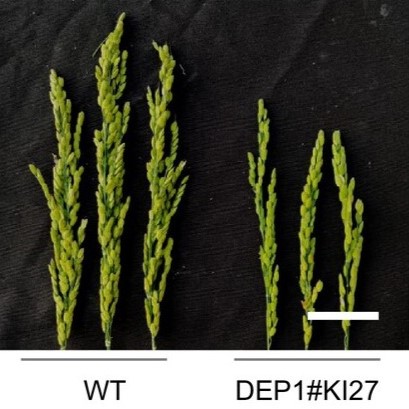
Gene knock-down using gene editing
Plant Science Research WeeklyAn efficient method of gene downregulation, where gene expression is reduced but not completely knocked out, is useful for crop improvement. Here, Shen et al. have developed a system to achieve this, by using CRISPR/Cas9 to insert an element containing a Kozak sequence and an ATG start codon just before…
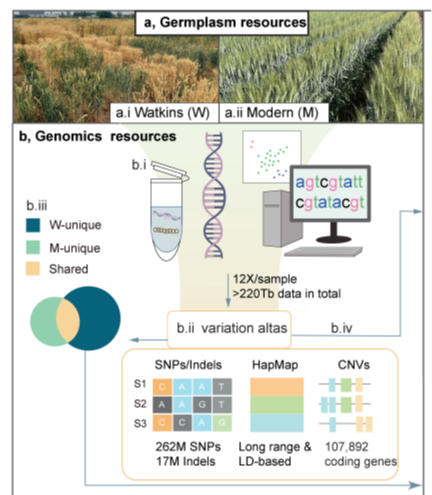
Using a historic wheat collection to revolutionize breeding
Plant Science Research WeeklyWheat (Triticum aestivum) is an important crop, making up ~20% of food consumed worldwide. As the population grows, wheat yields must increase to meet demand. To achieve this, genetically diverse wheat landraces (aka traditional varieties, which are locally adapted cultivars) can be utilized. Here, Cheng…
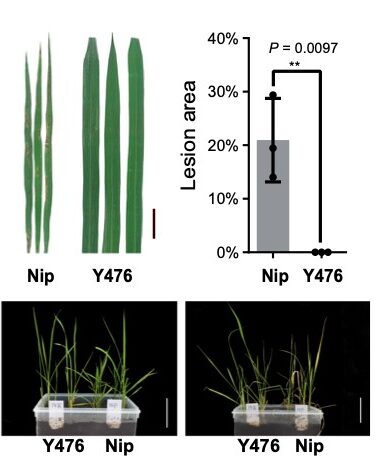
Crossing the gap: Decrypting the genome facilitates gene identification in wild rice
Plant Science Research WeeklyDomesticated crops provide a reliable food source but generally have little genetic diversity to cope with environmental fluctuations. By decrypting the genome of wild species such as the wild rice Oryza rufipogon, we may identify additional genetic variation useful for breeding process. However, the…
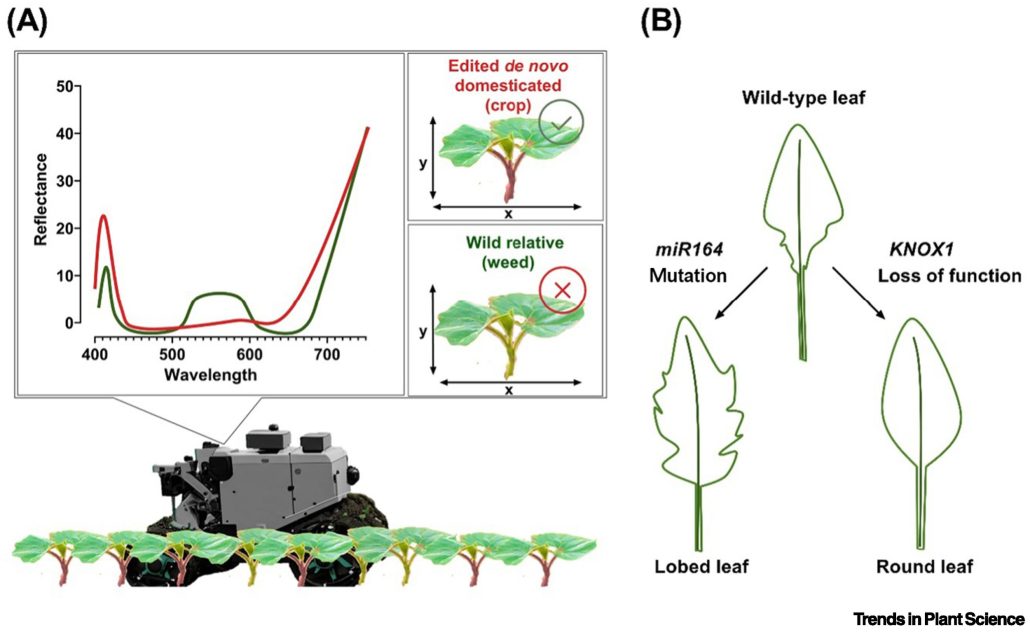
De novo domestication: What about the weedy relatives?
Plant Science Research WeeklyBecause much of the genetic diversity of our crops plants was lost during domestication, many breeding efforts endeavor to cross in resilience genes from wild relatives. An alternative approach is to rapidly domesticate those wild relatives themselves, for example by editing genes that affect flowering…
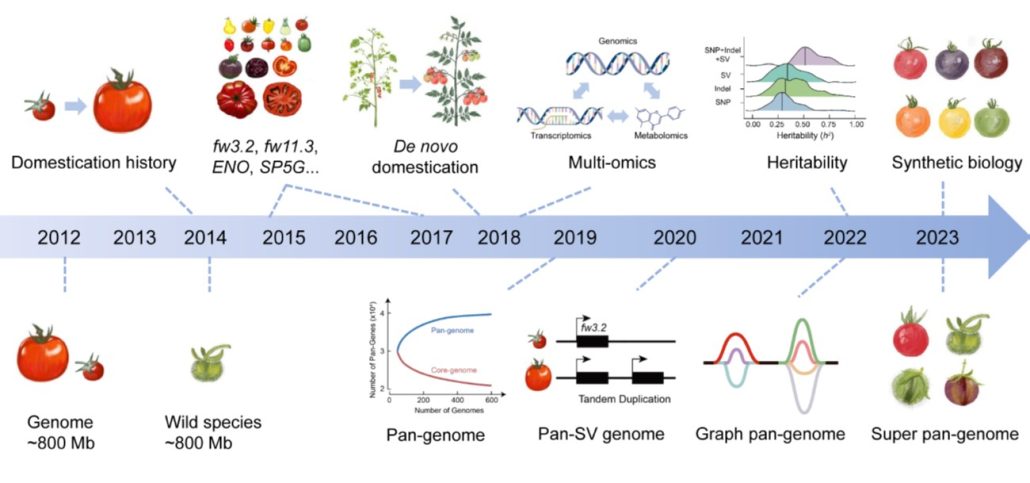
Review: The genomic route to tomato breeding: Past, present, and future
Plant Science Research WeeklyWidely and abundantly eaten tomatoes (Solanum lycopersicum) are delicious and nutritious, but the genetic diversity of cultivated tomatoes is quite narrow. In this review, Wang et al. give an overview of efforts to increase diversity, through introduction of genes from wild relatives and other approaches.…
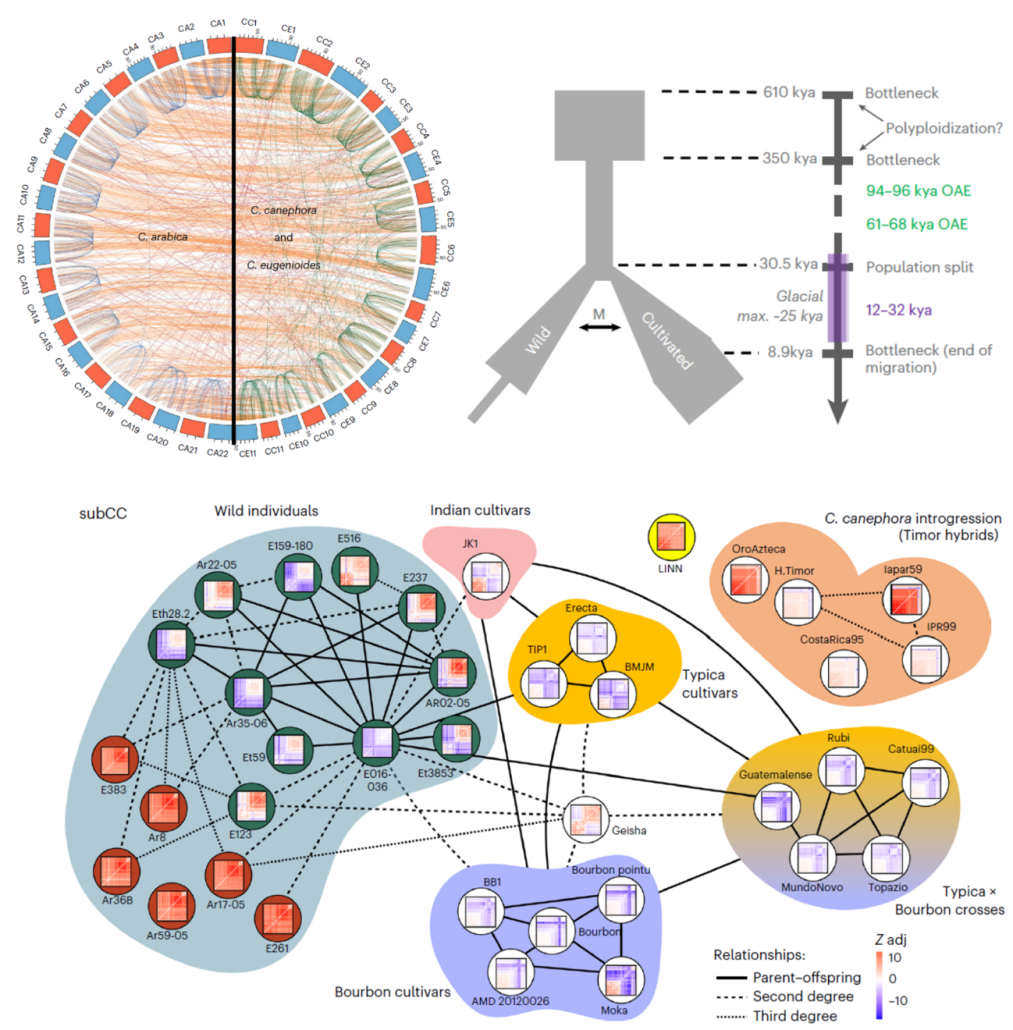
Genomics from bean to cup: New insights into the history of Arabica coffee diversification
Plant Science Research WeeklyAs one of the most traded commodities in the world, coffee has cultural and economic impact that spans continents. The main source of coffee beans, Coffea arabica (Arabica), is a polyploid species that resulted from the hybridization between diploid C. canephora (Robusta) and C. eugenioides (Eugenioides).…

Genetic gains underpinning a little-known strawberry Green Revolution
Plant Science Research WeeklyThe domestication of cultivated strawberry (Fragaria × ananassa) traces back approximately 300 years, providing us with a relatively comprehensive genealogy of this artificial hybrid species. Strawberry yield in the US has increased by 2,755% since the 1960’s, largely owing to the California strawberry…
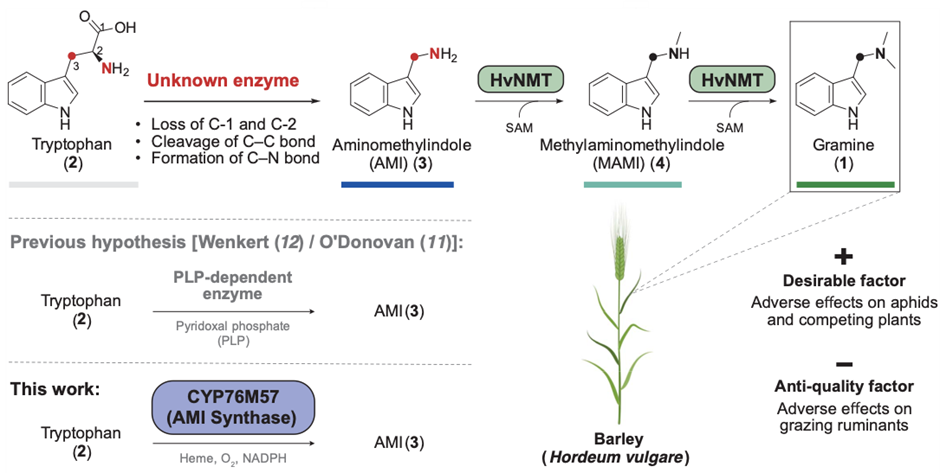
Unlocking nature’s arsenal: Engineering grasses for insect defense and livestock palatability
Plant Science Research WeeklyThe defensive alkaloid gramine, present in barley and other grass species, plays an important role in protecting the plant from insect damage but poses challenges for ruminant palatability. Breeding strategies balance these factors by maintaining the protective function and making the grain palatable…

Herbivore-deterring trichomes persist with the help of Woolly and Get02
Plant Science Research WeeklyType-IV glandular trichomes, which produce acylsugars, are effective deterrents against herbivory in Solanum, but they only persist in the juvenile stage of the cultivated tomato (S. lycopersicum). Therefore, these trichomes serve as a marker for the transition from juvenile to adult phases in developmental…

